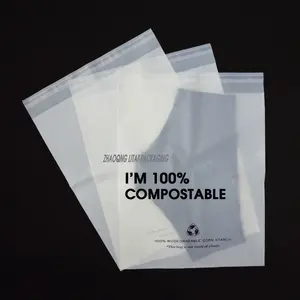The necessity of plastic shopping bags for retail and household use results make it an item that is purchased in bulk often. Many areas have implemented regulations to reduce their use due to environmental concerns. This has led to the development of biodegradable and compostable thank-you plastic bags as alternatives. Reusable plastic bags made from cotton or recycled plastics have also gained popularity. The focus has shifted towards promoting sustainability and reducing single-use plastic waste, leading to increased awareness and adoption of eco-friendly alternatives to traditional plastic bags.
What are the advantages of plastic shopping bags?
Grocery bag carriers offer several benefits for shopping. Plastic bags are generally cheaper to produce, making them a cost-effective option for retailers. Plastic bags are strong and can withstand heavy loads, ensuring items remain secure during transportation. Plastic bags protect against moisture, preventing damage to groceries or other things in case of spills or rain. Polypropylene tote bags are lightweight, making them easy to carry and convenient for shoppers. Plastic bags can be easily cleaned or thrown away after use, reducing the risk of contamination or spreading germs. Plastic bags have multiple purposes beyond shopping, such as storing and organizing items at home.
How are plastic shopping bags made?
Plastic bags are typically made through a process called extrusion. The process involves melting plastic resin pellets, usually made from polyethylene, in a particular machine. The melted plastic is then forced through a cast, which gives the bag its desired shape and size. The process invovles wating until the pellets reach the required temperature and then they are moved to an extruder, where they are extruded into a thin film that is several feet wide. The film is then moved to a cooling area, where it is cooled to ensure that it retains its shape.The plastic is cooled and solidified, and the bag is cut and sealed. Handles may be added during manufacturing to create clear gift bags with handles. On average, it can take anywhere from a few seconds to a minute to produce a single plastic bag in a plant, depending on the size and complexity of the equipment used. The bags can be specialized with different colors, prints, or branding. The entire production process is highly automated, allowing for large-scale manufacturing of plastic bags at a rapid pace.
What are the problems with plastic shopping bags?
Large plastic shopping bags pose several issues. Plastic bags are non-biodegradable and can persist in the environment for centuries, contributing to pollution and litter. Animals can eat plastic bags for food or become entangled in them, leading to injury or death. Plastic bag production requires fossil fuel extraction, contributing to the depletion of non-renewable resources. Plastic bags are difficult to recycle due to their lightweight and thin nature. They often end up in landfills or as litter, adding to the waste management burden. Over time, plastic bags break into tiny particles, contributing to the growing problem of microplastic pollution in oceans and ecosystems. The manufacturing, transportation, and disposal of plastic bags increase greenhouse gas emissions, which is terrible for the global climate.











































 浙公网安备 33010002000092号
浙公网安备 33010002000092号 浙B2-20120091-4
浙B2-20120091-4